The Sports Sponsorship Market is currently characterized by a dynamic competitive landscape, driven by a confluence of factors including heightened consumer engagement, the proliferation of digital platforms, and an increasing emphasis on sustainability. Major players such as Nike (US), Adidas (DE), and Coca-Cola (US) are strategically positioning themselves through innovative partnerships and targeted marketing campaigns. Nike (US) continues to leverage its strong brand equity by aligning with high-profile athletes and events, while Adidas (DE) focuses on sustainability initiatives, enhancing its appeal to environmentally conscious consumers. Coca-Cola (US), on the other hand, emphasizes its long-standing tradition of sports sponsorship, utilizing its global reach to engage diverse audiences. Collectively, these strategies not only enhance brand visibility but also shape the competitive environment by fostering a culture of collaboration and innovation.
In terms of business tactics, companies are increasingly localizing their manufacturing processes and optimizing supply chains to enhance operational efficiency. The Sports Sponsorship Market appears moderately fragmented, with a mix of established brands and emerging players vying for market share. The collective influence of key players is significant, as they set industry standards and drive trends that smaller entities often follow. This competitive structure encourages innovation and responsiveness to consumer demands, further intensifying the rivalry among market participants.
In August 2025, Nike (US) announced a groundbreaking partnership with a leading esports organization, aiming to tap into the rapidly growing gaming market. This strategic move is indicative of Nike's commitment to diversifying its sponsorship portfolio and engaging with younger demographics. By aligning with esports, Nike not only enhances its brand relevance but also positions itself at the forefront of a burgeoning industry that is increasingly intersecting with traditional sports.
Similarly, in September 2025, Adidas (DE) unveiled its "Sustainable Sports" initiative, which includes a commitment to using recycled materials in its sponsored events and athlete gear. This initiative underscores Adidas's focus on sustainability, appealing to a growing segment of consumers who prioritize environmental responsibility. The strategic importance of this move lies in its potential to strengthen brand loyalty and differentiate Adidas in a crowded marketplace, as consumers increasingly seek brands that align with their values.
In October 2025, Coca-Cola (US) launched a new campaign centered around the FIFA World Cup, emphasizing its long-standing relationship with the tournament. This campaign not only reinforces Coca-Cola's brand heritage in sports but also aims to engage fans through interactive digital experiences. The strategic significance of this initiative is multifaceted; it not only enhances consumer engagement but also leverages the global reach of the World Cup to amplify brand visibility across diverse markets.
As of October 2025, current competitive trends in the Sports Sponsorship Market are increasingly defined by digitalization, sustainability, and the integration of artificial intelligence. Strategic alliances are becoming more prevalent, as companies recognize the value of collaboration in navigating complex market dynamics. Looking ahead, competitive differentiation is likely to evolve, shifting from traditional price-based competition to a focus on innovation, technological advancements, and supply chain reliability. This transition suggests that companies that prioritize these elements will be better positioned to thrive in an ever-evolving market landscape.


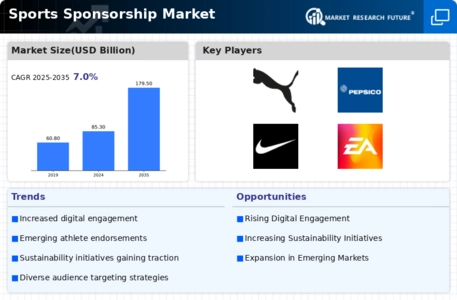
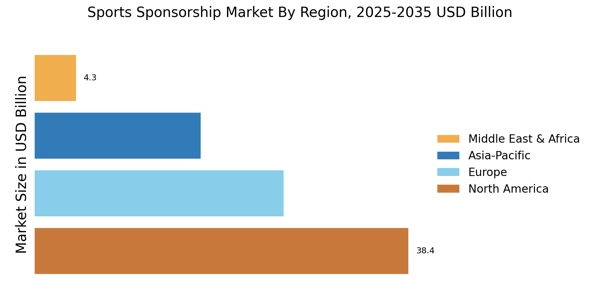

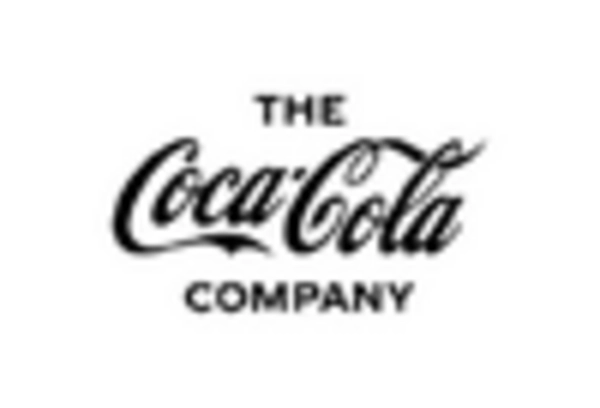
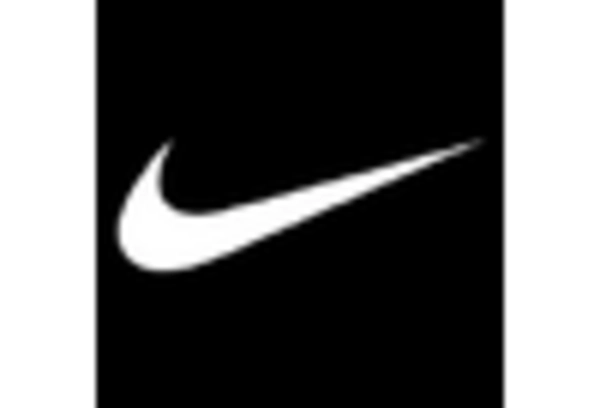

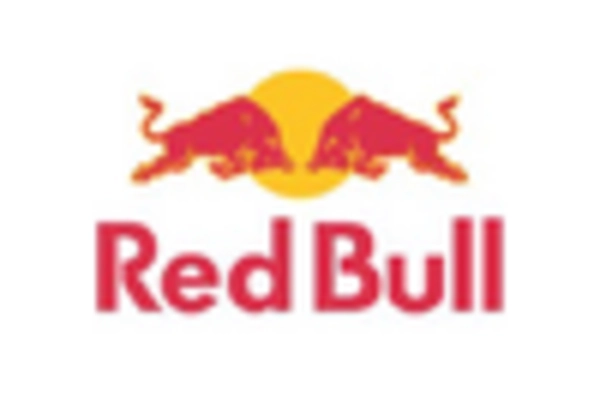
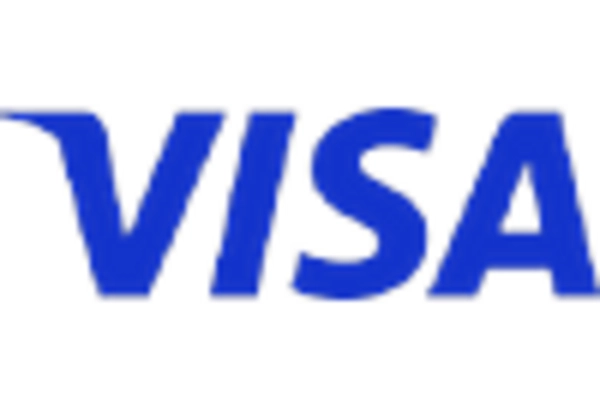








Leave a Comment